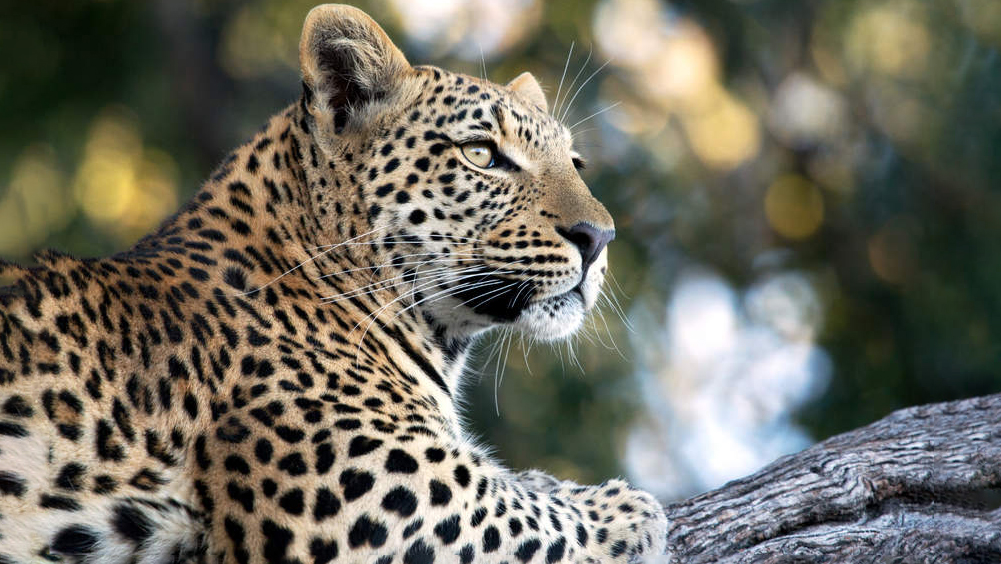Rare leopard sighting caught on stealth camera in India
This amazing and rare leopard sighting was caught on a stealth camera!

You probably didn’t know this, but 03 May was International Leopard Day. It comes as no surprise, really – if there can be a World Naked Gardening Day (07 May) and National Bad Poetry Day (18 August), then why on earth can’t leopards have their day to shine, too? To mark the occasion, the Indian Forest Service (IFS) shared a video on Twitter of a leopard caught on a stealth camera.
You might not think catching a leopard on a trail camera is anything to shout about but, considering it was in an area where leopards aren’t even supposed to be, its presence is exciting. Leopards are also solitary creatures, so catching a glimpse of them on camera is rare, even photographers using some of the best cameras for wildlife photography struggle to spot them with their clever disguise.
In the video you can see a leopard approaching the camera, stepping cautiously but inspecting it closely. After realizing it’s not food or a threat, the leopard retreats back into the forest, leaving the camera to continue recording:
Leopard checking the Camera !! When everyone said, Leopard presence is not here , but the Camera said otherwise. #LeopardDay pic.twitter.com/bbFYGDfbjcMay 4, 2022
Leopards are part of the cat family and can be found in sub-Saharan Africa, Northwest Africa, Central Asia, India and China. These majestic cats might not be as fast as a lion or a cheetah, but they are master hunters and excellent climbers, and can often be found dragging prey up a hill. Sadly, the leopard population is dwindling and over the last few years, there’s been a massive decline in the number of them living in the wild.
Often confused with cheetahs, there are a few distinct differences between these two breeds of big cats. While cheetahs have very defined spots, leopards’ dark markings are actually more of a rosette-shape and cheetahs have much smaller, aerodynamic faces – which is one of the reasons they are the fastest animal on the planet.
IFS was established in 1864 and is one of three All India Services. Its aim is to ensure the ecological stability of the country through the protection of its wildlife and natural resources. The IFS has the power to arrest poachers, deny access to tourists and charge people who are illegally causing deforestation. By monitoring activity of endangered species in the wild, the IFS is able to better understand leopard populations, habits and areas in which they roam.
Read more:
Get the Digital Camera World Newsletter
The best camera deals, reviews, product advice, and unmissable photography news, direct to your inbox!
Best lenses for bird and wildlife photography
Best portable hides and camouflage gear
Best telephoto lenses

Having studied Journalism and Public Relations at the University of the West of England Hannah developed a love for photography through a module on photojournalism. She specializes in Portrait, Fashion and lifestyle photography but has more recently branched out in the world of stylized product photography. Hannah spent three years working at Wex Photo Video as a Senior Sales Assistant, using her experience and knowledge of cameras to help people buy the equipment that is right for them. With eight years experience working with studio lighting, Hannah has run many successful workshops teaching people how to use different lighting setups.
